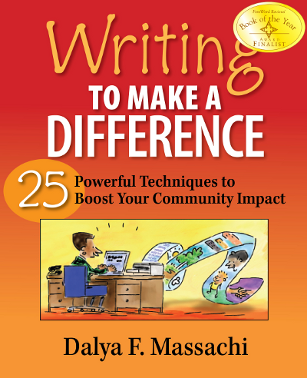Pimp My Cause connects charities and social ventures with top marketers who can provide transformational input pro bono through a free, online matching platform.
“At Pimp My Cause we believe that marketers and causes have a lot to offer each other,” explains Paul Skinner, founder of Pimp My Cause. ”On the one hand, causes need marketing capabilities more than ever, as they seek to maintain relevance in a digital age and diversify their funding streams in the light of the global economic context for example through the adoption of social enterprise models.”
“On the other hand,” he says, “marketers are becoming increasingly keen to develop their credentials in terms of sustainable business, corporate citizenship and ethical marketing, and have a lot to learn from working with causes in terms of how to create the kinds of social and environmental benefits that are becoming increasingly relevant to their day jobs.”
The Pimp My Cause platform has options for anyone to search and browse listings of profiles to find their own best match – in terms of the type of cause they are interested in, or the marketing skills they have to offer, and where they are based.In the year and a half since the site launched membership has quickly grown to over 750 professional marketers and 650 causes, with around 60 streams of pro bono marketing in progress at any time. There are members in over 40 countries but the majority of activity is in the UK. Marketers have opportunities to support everything from big name charities like the RSPCA and Cancer Research down to tiny social venture start-ups, often with first-in-kind business models or ideas like Wheelchair Laser Tag.
Recent member stories that have been featured in the Pimp My Cause news section include:
- marketers creating an animated video that helped Foodcycle gain £120,000 in funding
- identifying ways to fund sustainable farming through the application of new business models at farmhopping
- providing a design make-over and business model review for a Lakeview Monkey Sanctuary
- developing the first strategic marketing plan for European Disaster Volunteers to help them build primary schools in disaster afflicted communities.
By exploring the website it is easy to see the openness and ease of use for both marketers looking to find a project to support and causes in need of marketing expertise. If anyone has questions they can email Anna Mullenneaux, Chief Match Maker of Pimp My Cause, to learn more.



